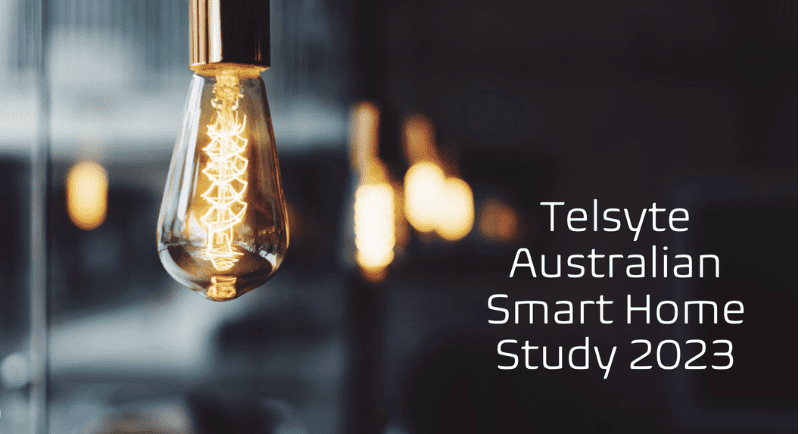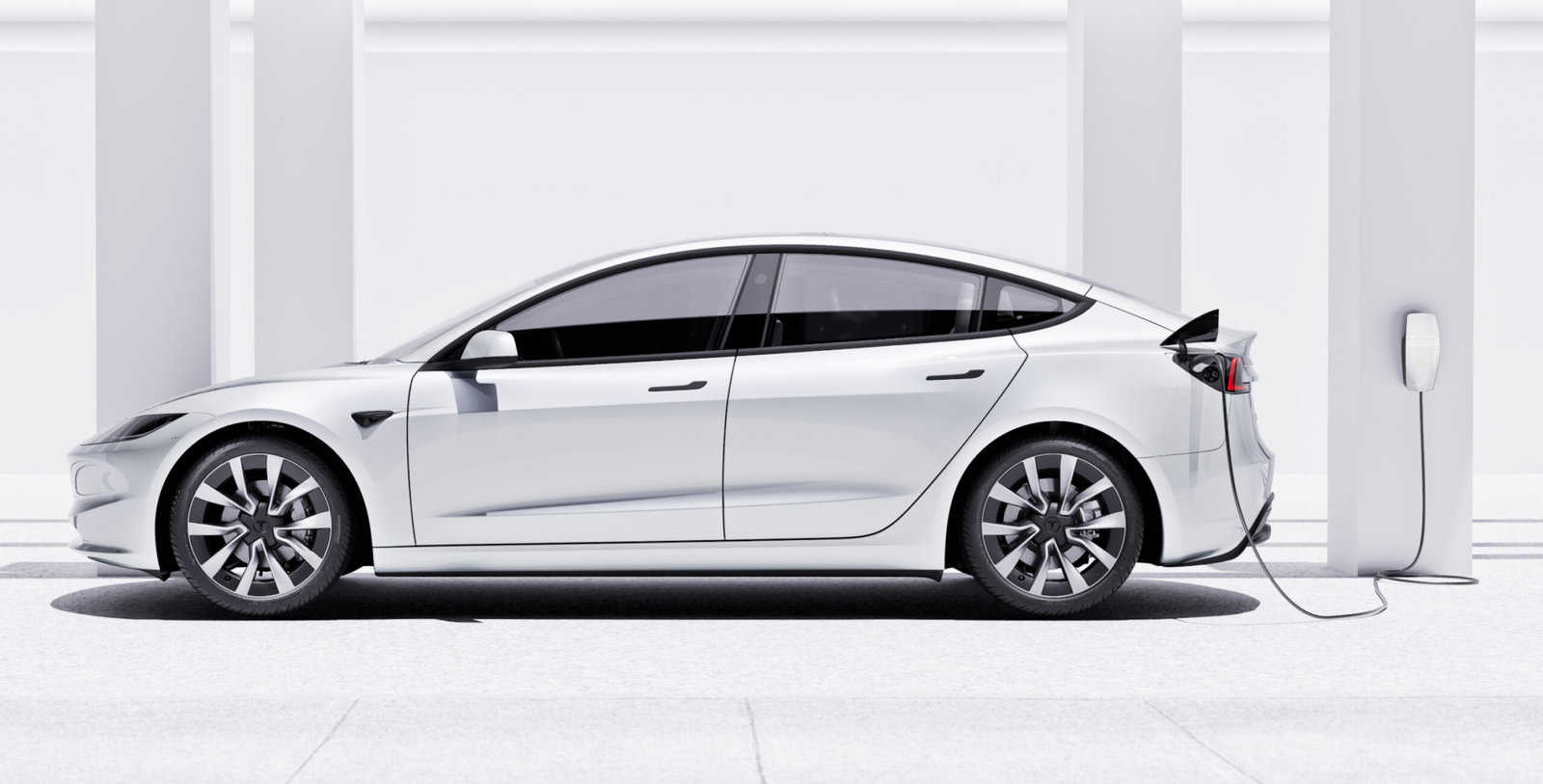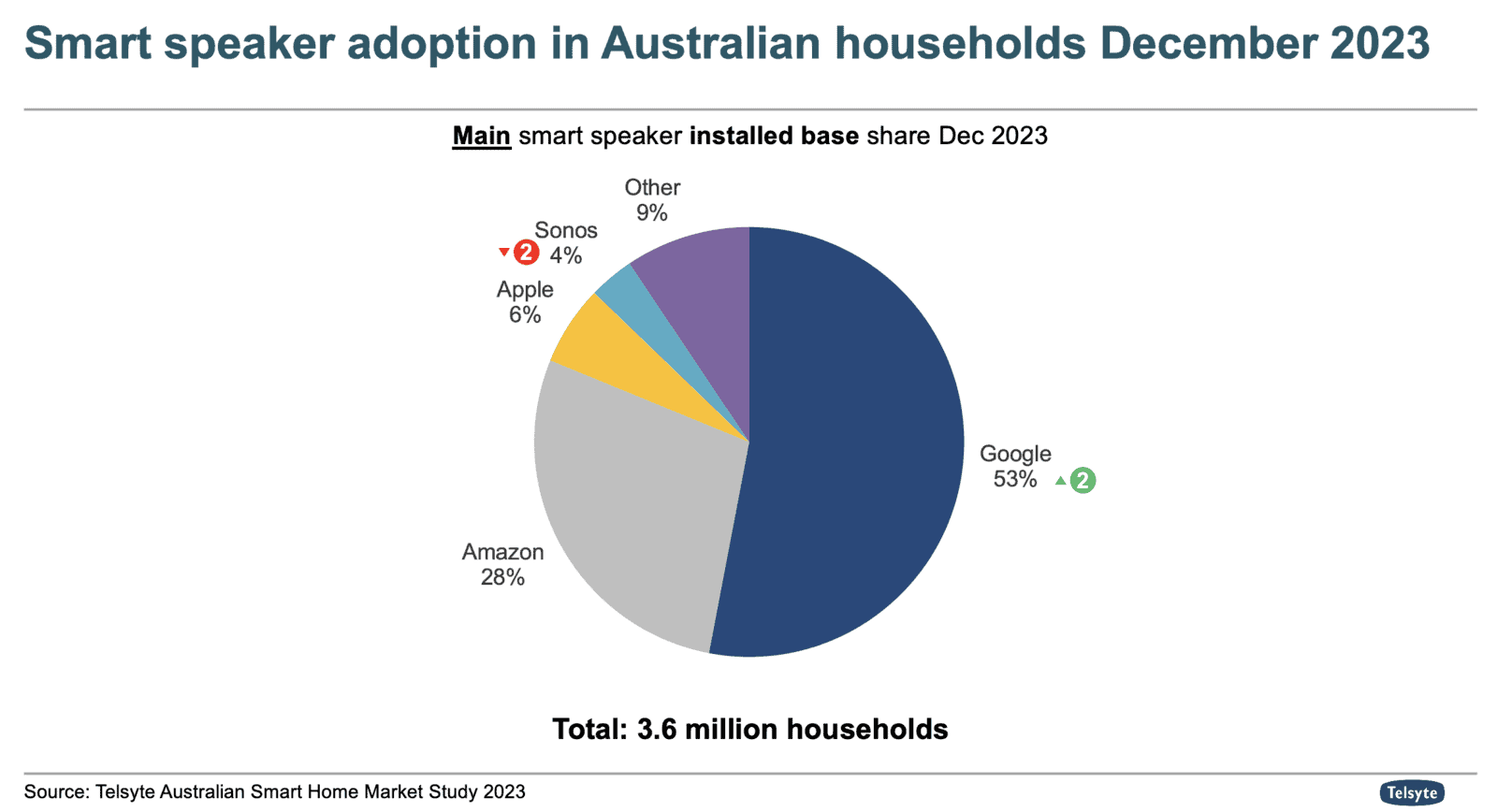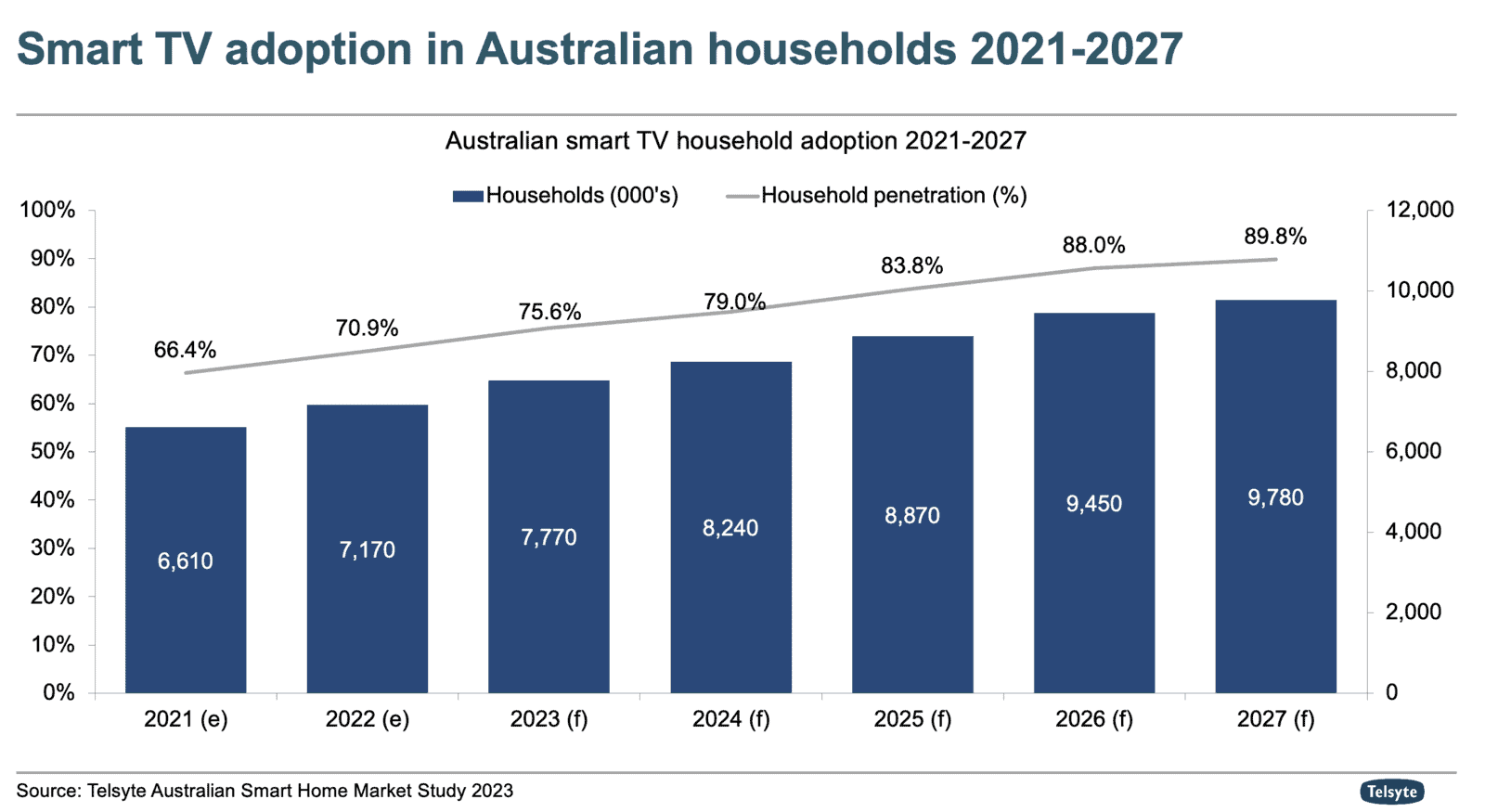New research from technology analyst firm Telsyte has valued Australia’s smart home market at $2.5 billion. This could grow to $5.1 billion by 2027.
The research further revealed that 7.6 million households now have at least one smart home product. There were nearly 24 connected devices per home in 2023.
Smart homes now mainstream despite the cost
Almost half (48%) of invested adopters (consumers who have adopted five or more types of smart home devices) say the current smart home offerings are not yet “smart’” enough, according to the study.
Telsyte reports cost of living pressures outweighed the benefits of a smarter home. Over half (59%) report increasing financial pressure and are looking to adopt energy-optimising solutions for their home.
Robots, EVs and renewables, and the smart home
Smart appliances include aircon, washing machines, and fridges.
The study found nearly one in five (18%) households have a vacuum robot, with more general-purpose robots on the way. iRobot is still the leading brand of vacuum robot despite increased competition.
The study found 28% of households want to reduce environmental impact with smart energy solutions. More are considering smart batteries.
Connected electric vehicles
Higher fuel prices are tipping over new car buyers to EVs. Tesla still leads in sales, but EV models priced closely aligned to buyers’ expectations are increasingly popular.
Telsyte expects demand for home EV chargers is set to rise with continued shortages in public spaces.
Here comes in-home AI
The past 12 months has seen a lot of hype around generative AI and services like ChatGPT. Telsyte found device product marketing is shifting from connected home to AI-enabled smart living.
“Australians will increasingly look for AI-powered smart living solutions that offer convenience, personalisation, and enhanced functionality,” Telsyte managing director, Foad Fadaghi, says.
Sixty per cent of consumers believe AI can manage a smart home better than themselves. In addition, 43% of people are keen on a smart home with advanced AI capabilities.
The research found there were an average of 23.8 connected devices in the home in 2023 with 16.1 non-smart devices, 7.1 smart home devices, and 0.5 provisioning devices (e.g. modems).
The average number of internet-connected devices in the home is expected to grow by nearly 10 in the next four years and the average number of smart home devices set to grow by nearly half by 2027, equivalent to more than 353 million internet-connected devices in total.
Telsyte forecasts the smart home market to be worth over $5 billion by 2027 with high-value smart home products such as smart batteries, smart appliances and services to drive smart home market value. Smart appliances could make up around a third of all appliance revenue by 2027.
Smart speaker growth slows
With smart speaker adoption stagnating, AI-powered experiences are poised to set off the next adoption wave.
Google is adding generative AI capability to its Google Nest smart speakers, which are already the main smart speaker for over half of user households.
Telsyte shared with Mediaweek details about smart speaker penetration. The two players with significant market share are Google and Amazon.
Smart TV adoption creeps higher
Telsyte also shared details of smart TV penetration into Australian households. In 2022, there were just over 7 million smart TVs in Australian homes. That equates to a market penetration of 70.9%.
In 2023 that number grew to 7,770,000 with a market penetration of 75.6%.
Telsyte says this trend will continue. By 2027, the forecast is for just under 10m smart TVs in homes with a market penetration of 90%.
See also: Telsyte streaming report: Paramount+ fastest growing, Netflix reports first YOY drop
Hybrid work days here to stay
Being able to work from home or the office thanks to the pandemic has had a measurable impact on work spaces.
The lounge room, study, and front entrance are the spaces where internet-connected devices were installed most in 2023, with the gaming room rising fast.
The study found more than a million (1.2 million or 12% of) Australian homes now have a dedicated workspace and another 500,000 (5%) households are interested in setting up a space dedicated to their hobbies and DIY.
Security and home
Telsyte found 1.6 million (16%) households claim they have seniors or members with a disability that require special assistance or care. Among those households, 1 in 3 (32%) are seeking additional help looking after these household members.
Smart video cameras remained popular in 2023 with increased availability of AI features and more affordable products with the market now worth over $330 million.
Subscriptions gaining appeal
Australians remain moderately interested (16%) in hardware subscription services, but more potential adopters are interested in this model.
Those interested are willing to pay from $26 to $44 per month for each service. Home automation services, utility, and insurance providers are increasingly considered for subscription services.



